Ten years ago, on May 22, 2015, Ireland made history by becoming the first country to legalize same-sex marriage through a public referendum. The decision marked a pivotal moment in the nation’s social and cultural evolution, reflecting a profound shift in attitudes toward equality and human rights. This article delves into the journey of Ireland’s marriage equality movement, exploring its historical context, the referendum campaign, personal stories of couples affected, societal impacts, and the broader implications for global LGBTQ+ rights. Through interviews with three couples and insights from activists, we uncover the hidden truths, challenges, and triumphs that have shaped the past decade.
The Road to the Referendum: A Historical Perspective
Ireland’s path to marriage equality was neither swift nor straightforward. The referendum in 2015 was the culmination of decades of activism, legal battles, and societal transformation. To fully appreciate its significance, we must first examine the historical context that set the stage for this landmark vote.
Decriminalization and Early Advocacy
Homosexuality was decriminalized in Ireland in 1993, a full 22 years before the marriage referendum. This legislative change, driven by the European Court of Human Rights ruling in favor of activist David Norris, marked a critical first step toward recognizing the rights of LGBTQ+ individuals. However, decriminalization did not equate to social acceptance. Throughout the 1990s and early 2000s, same-sex couples faced significant stigma, with limited legal protections and societal prejudice.
Early advocacy groups, such as the Gay and Lesbian Equality Network (GLEN), played a pivotal role in laying the groundwork for change. These organizations worked tirelessly to raise awareness, challenge discriminatory laws, and foster dialogue about equality. Their efforts were often met with resistance, particularly from conservative and religious groups, who argued that same-sex relationships undermined traditional family structures.
The Introduction of Civil Partnerships
In 2010, Ireland introduced civil partnerships for same-sex couples, a significant but incomplete step toward equality. Civil partnerships granted many legal protections, such as inheritance and tax rights, but fell short of full marriage equality. For many couples, civil partnerships were a “stepping stone,” as described by Steven Smyrl, who entered a civil partnership with his partner Roy Stanley in 2011.
“It paved the way for the enormity of the ‘yes’ vote,” Steven said, reflecting on how civil partnerships helped normalize same-sex relationships in the public eye.
While civil partnerships provided practical benefits, they were symbolically distinct from marriage. The legal differentiation underscored a broader societal message: same-sex couples were not entitled to the same recognition as their heterosexual counterparts. This disparity fueled the push for full marriage equality, galvanizing activists and allies to demand a referendum.
The Referendum Campaign: A Movement of Unity
The 2015 marriage referendum was a testament to the power of grassroots activism and collective action. The campaign, led by groups like GLEN, Marriage Equality, and Yes Equality, was a masterclass in organizing, education, and storytelling. Journalist and activist Una Mullally, who was deeply involved in the campaign, described it as “the culmination of many years of organizing and protesting and activism.”
Building Momentum
The campaign began long before the referendum was officially announced. In the early 2000s, same-sex marriage was considered a “pipe dream,” as Una noted. Protests were small, and the issue was absent from mainstream political discourse. Activists focused on increasing visibility, engaging with communities, and building coalitions across diverse sectors of society. They organized public forums, media campaigns, and door-to-door canvassing to educate voters about the importance of marriage equality.
One of the campaign’s strengths was its emphasis on personal stories. Volunteers shared their experiences as LGBTQ+ individuals, parents, or allies, humanizing the issue and challenging stereotypes. These narratives resonated with voters, many of whom had little prior exposure to the realities of same-sex relationships.
The Power of the ‘Yes’ Vote
On May 22, 2015, Ireland went to the polls. The results were resounding: 1,201,607 people (62%) voted in favor of amending the constitution to allow same-sex marriage, while 734,300 (38%) voted against. Of the 43 constituencies, only Roscommon-South Leitrim, a largely rural area, recorded a majority “no” vote.
The scale of the victory surprised even the most optimistic supporters. Steven Smyrl recalled, “I think it was a surprise to everybody, including those that voted yes and those that voted no, just the size of the majority in favor.” The celebrations that followed were electric, with Dublin’s streets filled with rainbow flags, balloons, and jubilant crowds. Michael Conlon, who campaigned for a ‘yes’ vote, likened the atmosphere to “Ireland had won the World Cup.”
“It was an experience I could not really put into words,” Michael said. “It was like the country had won something.”
The referendum’s success was not just a legal victory but a cultural watershed. It signaled that Ireland, a historically conservative and Catholic nation, was ready to embrace inclusivity and equality.
Personal Stories: The Human Impact of Marriage Equality
Behind the statistics and celebrations are the stories of individuals whose lives were transformed by the referendum. BBC News NI spoke to three couples—Michael Conlon and Ger O’Donnell, Steven Smyrl and Roy Stanley, and Una Mullally and Sarah Francis—to understand how the past decade has shaped their lives.
Michael and Ger: From Civil Partnership to Marriage
Michael Conlon and Ger O’Donnell, originally from Belfast, were living in the Republic of Ireland during the referendum. They had entered a civil partnership in 2011, believing it offered most of the legal protections of marriage. However, Michael soon realized that “civil partnership was pretty much it” in terms of legal recognition, but it lacked the symbolic weight of marriage.
The couple’s decision to marry in 2018 was influenced by a friend who was the Lord Mayor of Dublin at the time. Their wedding took place in the prestigious Mansion House, the official residence of the Lord Mayor. Unlike their civil partnership ceremony, which was a grand celebration attended by many, their wedding was a more intimate affair. Michael reflected on the joy of their 2011 civil partnership, noting that attendees described it as “a joyful wedding” because it represented a long-denied right.
Since returning to Northern Ireland, where same-sex marriage was legalized in 2020, Michael has observed a shift in attitudes. “Even some of the really religious people who are fundamentally against it, they’re kind of more accepting of it,” he said. “They see that the sky didn’t fall in, that they can still go to church, they can still pray, that none of their rights were taken away.”
Steven and Roy: Love and Loss
Steven Smyrl and Roy Stanley, together for over 20 years, entered a civil partnership in 2011 and married in 2018. Their civil partnership allowed family members to attend, some of whom passed away before their wedding. For Steven and Roy, the referendum was a foregone conclusion, but the overwhelming margin of victory was a pleasant surprise.
However, their marriage came at a personal cost. Steven, an elder in the Presbyterian Church in Dublin, was removed from his position after marrying Roy. The decision left them “feeling really shaken.” Steven was resolute, stating, “I love Roy with all my heart, and there was absolutely no way that we were not going to be celebrating our marriage.” He also argued that there was no theological inconsistency between his faith and same-sex marriage, highlighting the tension between institutional religion and evolving societal norms.
Despite this setback, Steven noted a significant change in public attitudes by 2025. “Nobody really gives a second thought about the fact that two people with the same sex might want to get married,” he said, reflecting the growing acceptance of same-sex relationships in Ireland.
Una and Sarah: A Global Celebration
Journalist Una Mullally and her wife, Sarah Francis, chose to marry in Las Vegas in 2023, a decision that carried both personal and symbolic weight. For Una, who had been a key figure in the referendum campaign, marriage was a concept that felt almost unimaginable for much of her life. “It was hard to even conceptualize getting married in a weird way, because it didn’t exist as a right for so long,” she said.
The decision to marry in Las Vegas was a nod to the global reach of marriage equality, but Una emphasized the importance of having that right recognized in Ireland, where she grew up. “For that right to be recognized in the country where I’m from, where I live, it is profound in a rights’ context,” she said.
Societal Impacts: Progress and Persistent Challenges
The 2015 referendum reshaped Ireland’s social landscape, but its impact extends beyond legal recognition. The past decade has seen significant progress in public attitudes, policy changes, and cultural representation, though challenges remain.
Shifting Public Attitudes
The referendum’s success was a clear indicator of changing societal norms. By 2025, same-sex marriage has become largely uncontroversial in Ireland. Steven’s observation that “nobody really gives a second thought” about same-sex marriage reflects a broader normalization of LGBTQ+ relationships. Polls conducted by the Irish Times in 2024 showed that 78% of respondents supported same-sex marriage, up from 62% in 2015, indicating growing acceptance.
However, Una Mullally cautioned that progress is not universal. “There is a strange atmosphere that we’re experiencing on this island and in so many other countries when it comes to resentment and grievance around minorities in general,” she said. This sentiment points to the rise of populist and anti-minority rhetoric in some quarters, which threatens to undermine hard-won gains.
Policy and Legal Advancements
The referendum spurred further legislative changes. In 2016, Ireland passed the Gender Recognition Act, allowing transgender individuals to self-identify their gender without medical or state intervention. This law built on the momentum of the marriage equality movement, reinforcing Ireland’s commitment to inclusivity.
However, gaps remain. Parental rights for same-sex couples, particularly in cases of assisted reproduction or adoption, continue to face legal complexities. Advocacy groups are pushing for reforms to ensure equal treatment under the law, highlighting that the fight for full equality is ongoing.
Cultural Representation
The referendum also influenced Ireland’s cultural landscape. LGBTQ+ representation in media, literature, and politics has increased significantly. Irish television shows, such as Derry Girls and Normal People, have included queer characters and storylines, reflecting a more inclusive society. Politicians like Leo Varadkar, Ireland’s first openly gay Taoiseach, have further normalized LGBTQ+ visibility in public life.
Global Context: Ireland’s Influence
Ireland’s referendum had a ripple effect worldwide. As the 20th country to legalize same-sex marriage in 2015, it joined a growing list of nations embracing equality. By 2025, 38 countries have followed suit, including Thailand, Greece, and Liechtenstein in recent years. Ireland’s success demonstrated the power of democratic processes in advancing human rights, inspiring activists in countries where same-sex marriage remains illegal.
However, the global landscape is uneven. In many countries, particularly in Africa, the Middle East, and parts of Asia, same-sex relationships are criminalized, often with severe penalties. The contrast between Ireland’s progress and these realities underscores the need for continued advocacy and international solidarity.
Hidden Truths and Ongoing Struggles
While the referendum was a triumph, it also revealed hidden truths about Ireland’s journey. The “no” vote in Roscommon-South Leitrim highlighted rural-urban divides, with conservative areas less supportive of change. Additionally, the experiences of Steven and Roy with the Presbyterian Church point to ongoing tensions between religious institutions and LGBTQ+ rights.
Research from Trinity College Dublin in 2023 found that while public support for same-sex marriage has grown, subtle forms of discrimination persist. For example, 15% of LGBTQ+ individuals reported experiencing workplace discrimination, and 22% faced social exclusion in community settings. These findings suggest that legal equality does not automatically translate to social equality.
Una’s warning about “new avenues” for bigotry is particularly relevant in the context of rising global populism. Anti-LGBTQ+ rhetoric, often tied to broader anti-minority sentiments, has gained traction in some Western countries, including Ireland’s neighbor, the United Kingdom. This underscores the need for vigilance to protect and expand the gains of the past decade.
Looking Forward: The Next Decade
As Ireland reflects on ten years of marriage equality, the focus is shifting to the future. Activists are advocating for comprehensive education reforms to include LGBTQ+ history and issues in school curricula, ensuring that future generations grow up with a deeper understanding of diversity. There is also a push for stronger anti-discrimination laws and policies to address remaining gaps in areas like healthcare and housing.
For couples like Michael and Ger, Steven and Roy, and Una and Sarah, the referendum was more than a legal victory—it was a validation of their love and humanity. Their stories remind us that the fight for equality is deeply personal, rooted in the desire for dignity and acceptance.
As Steven aptly put it, “We love each other.” This simple truth lies at the heart of the marriage equality movement, a truth that continues to inspire change in Ireland and beyond.

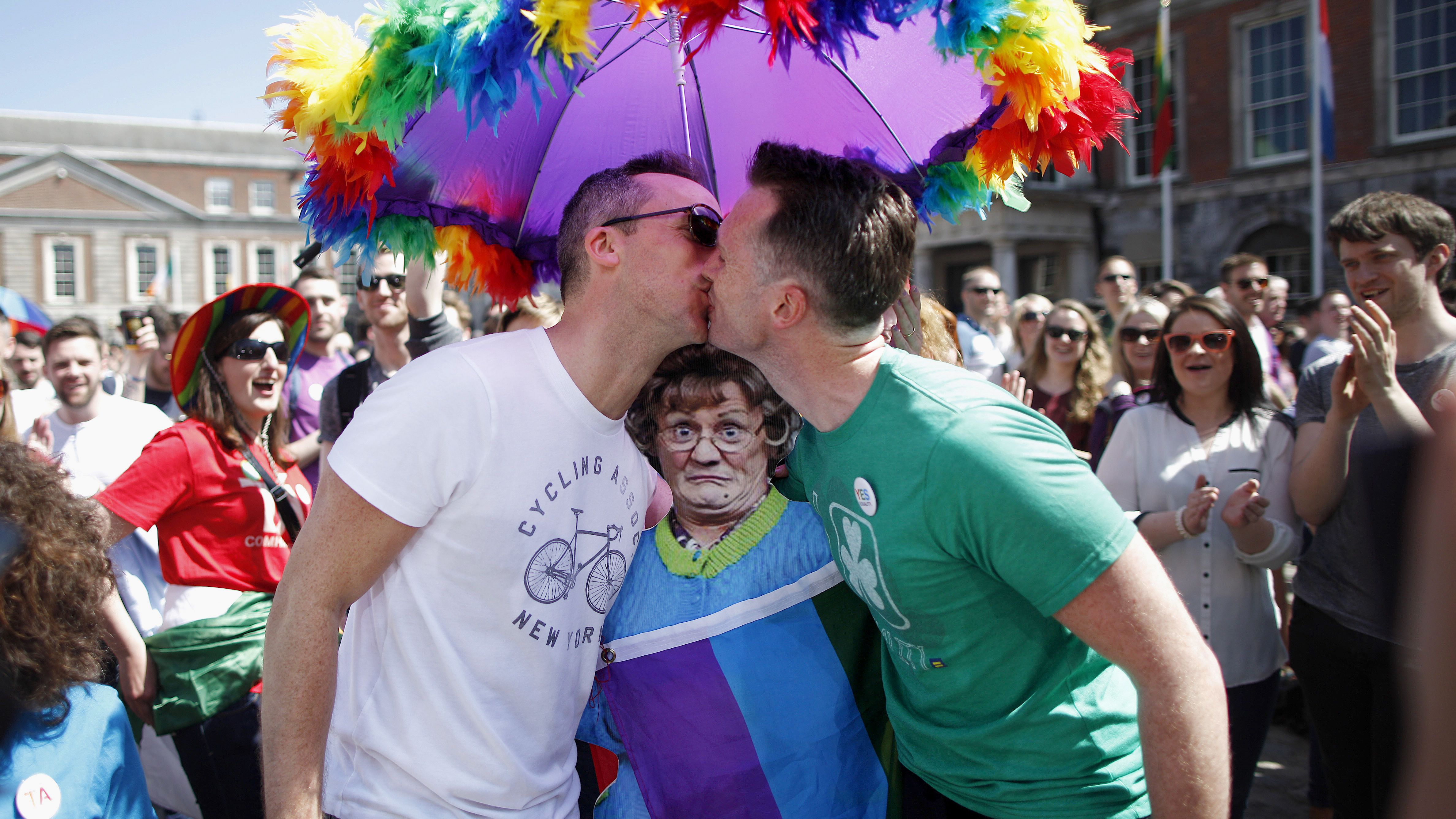

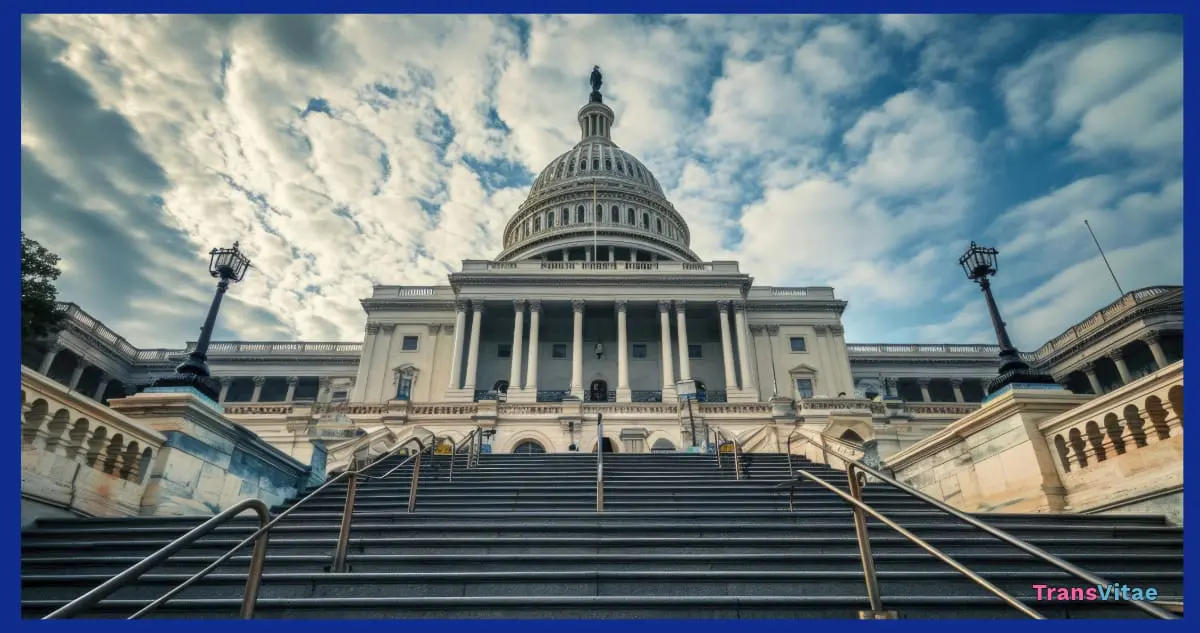


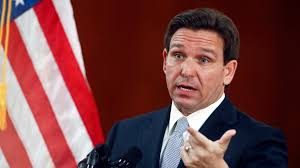


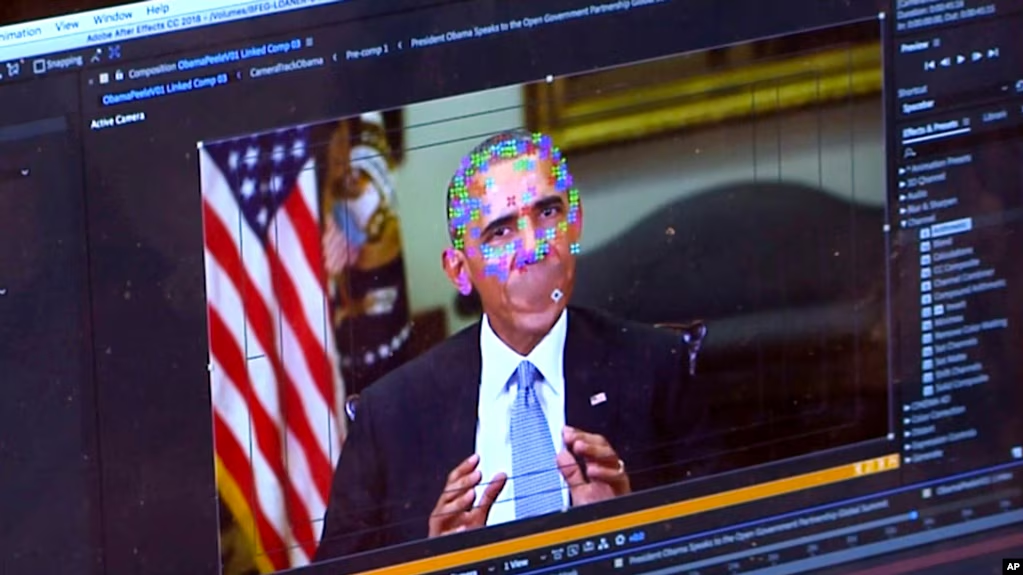

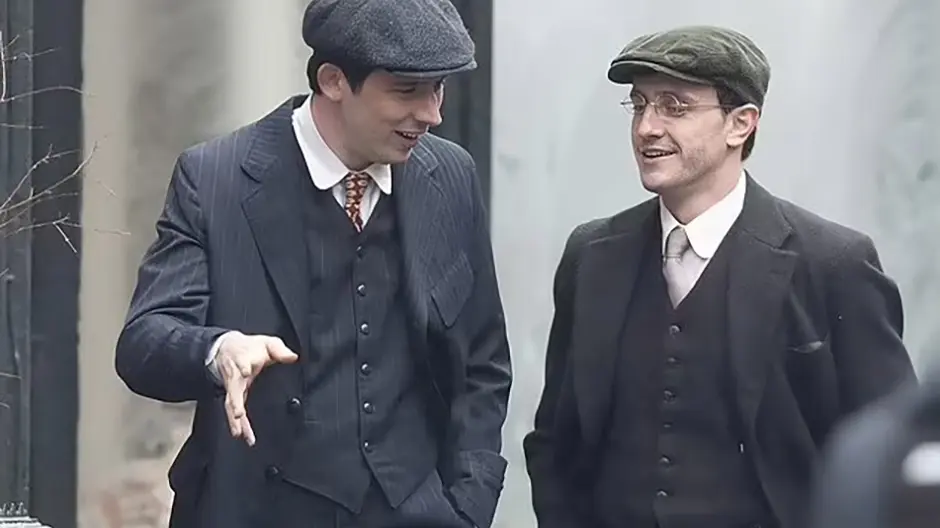

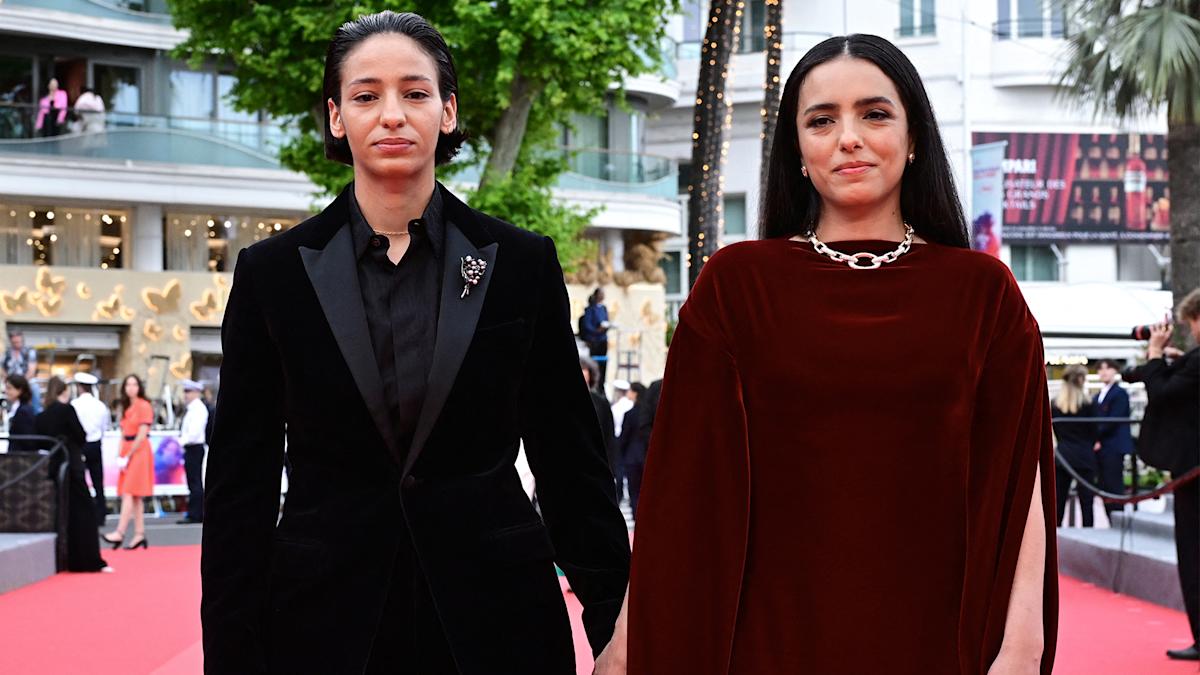
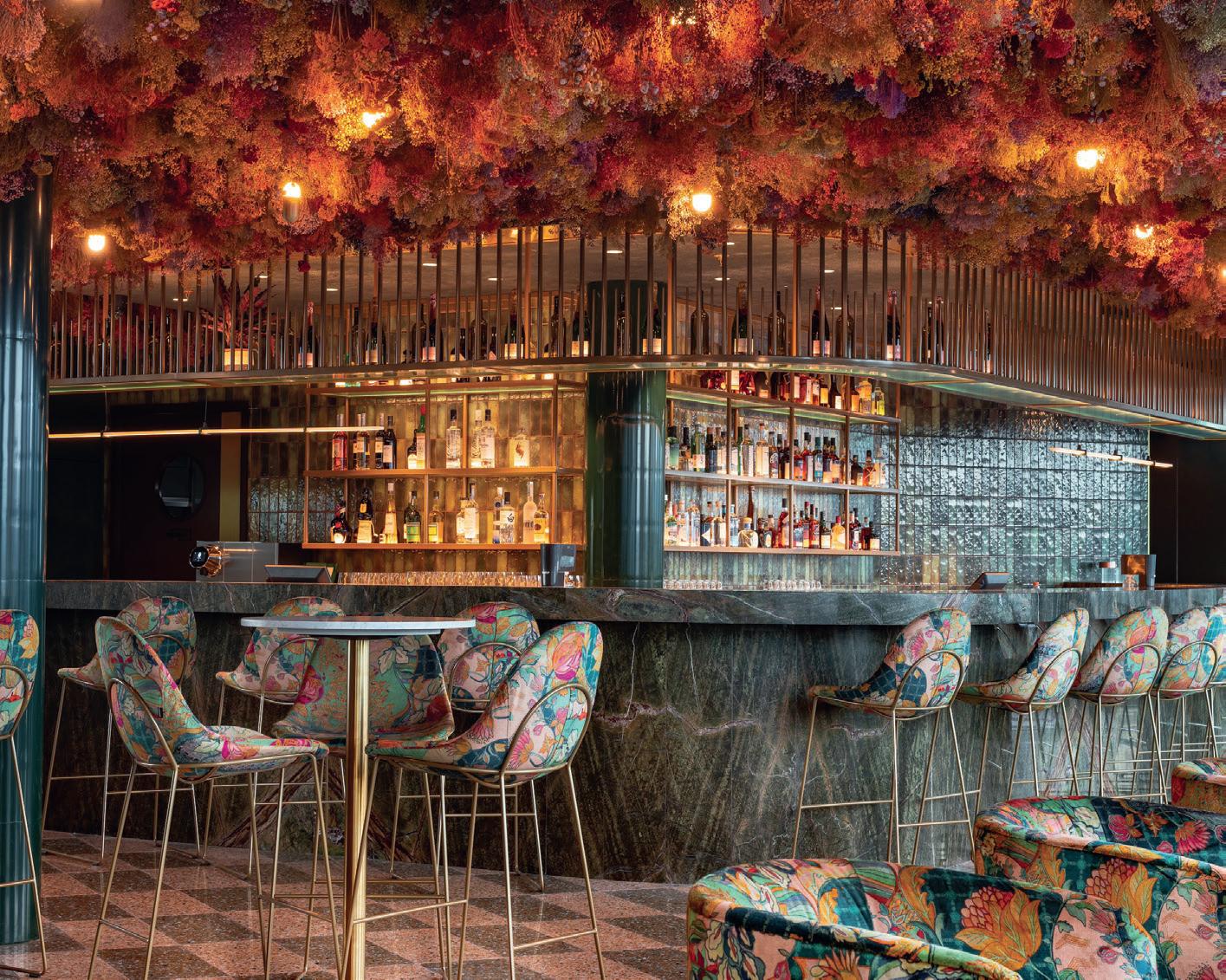





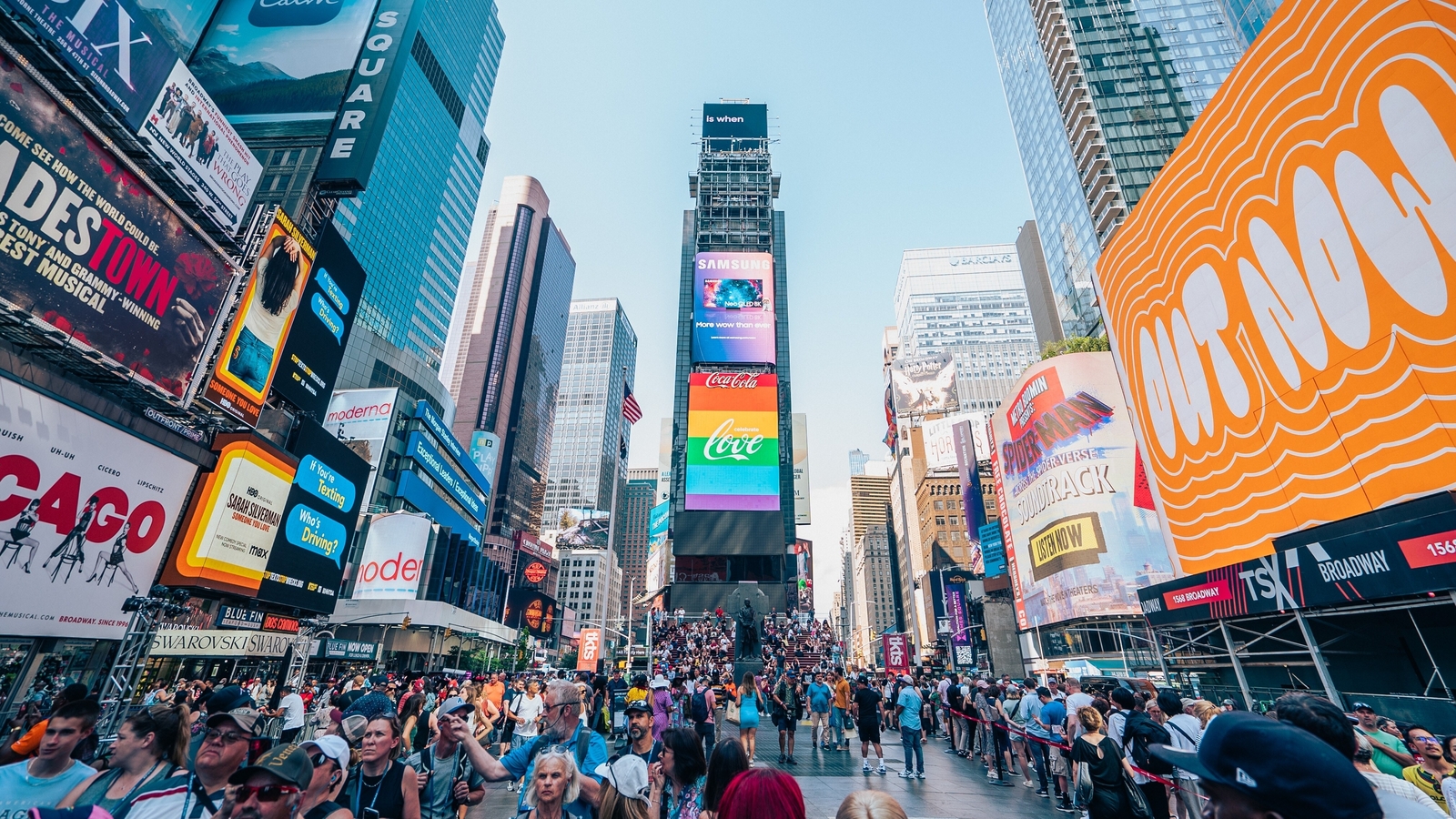
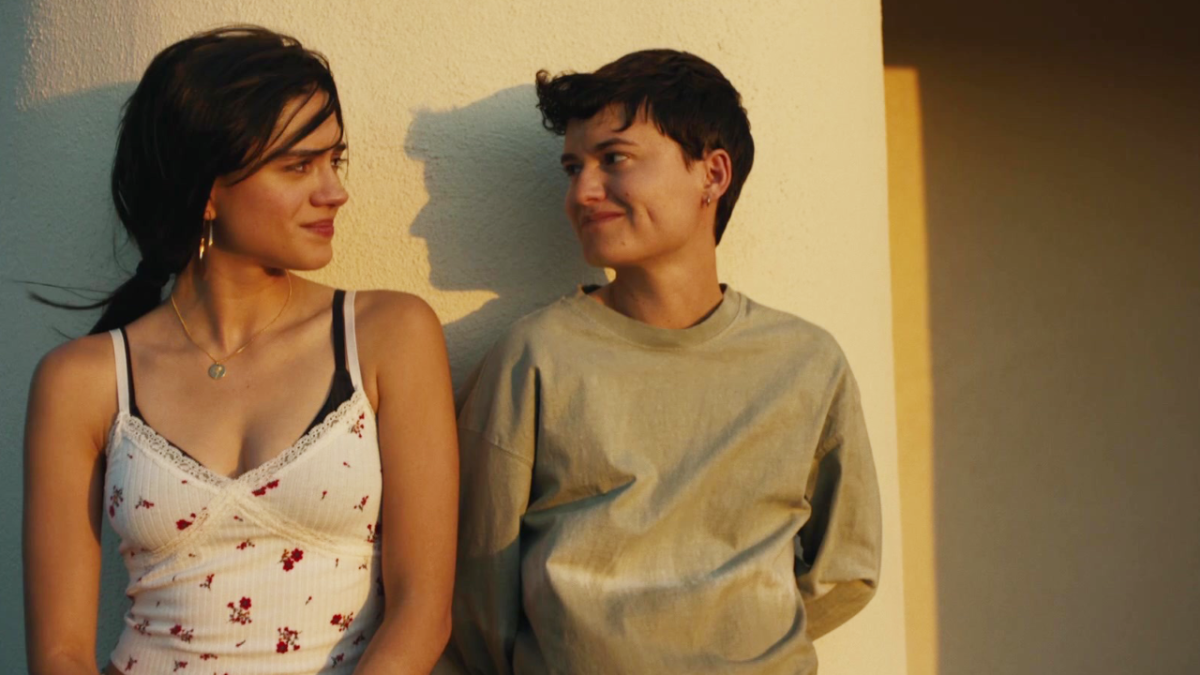
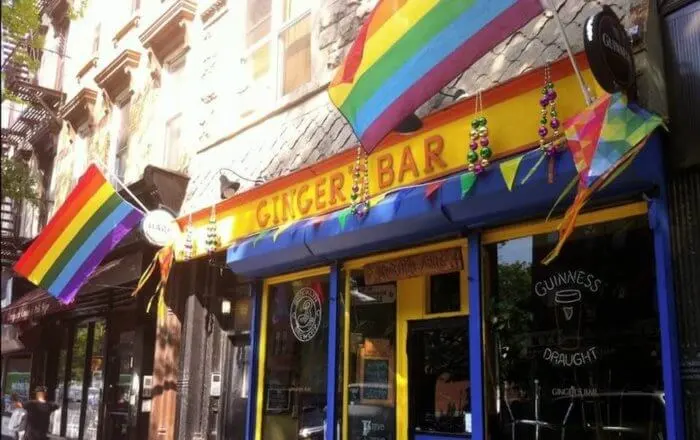
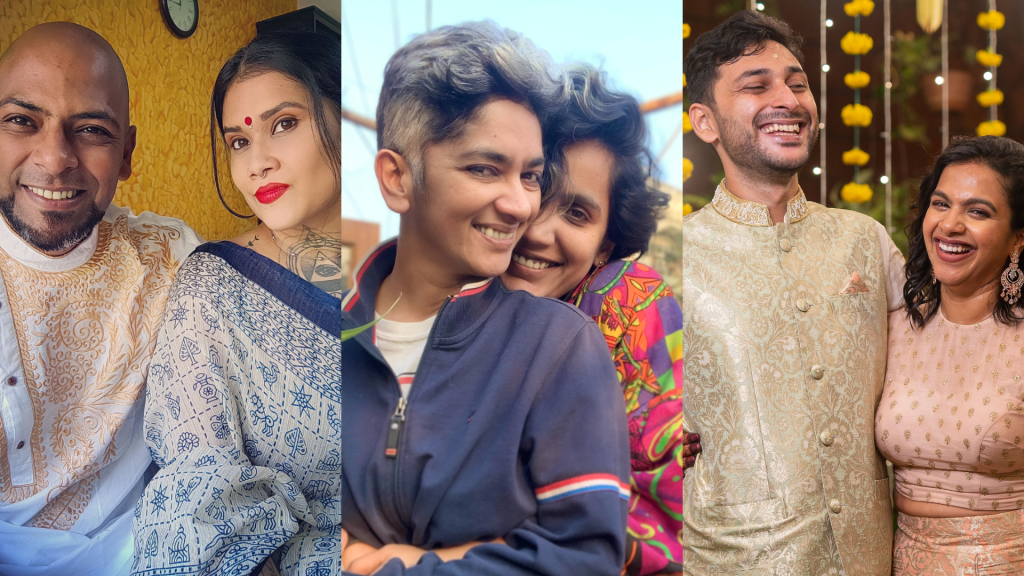
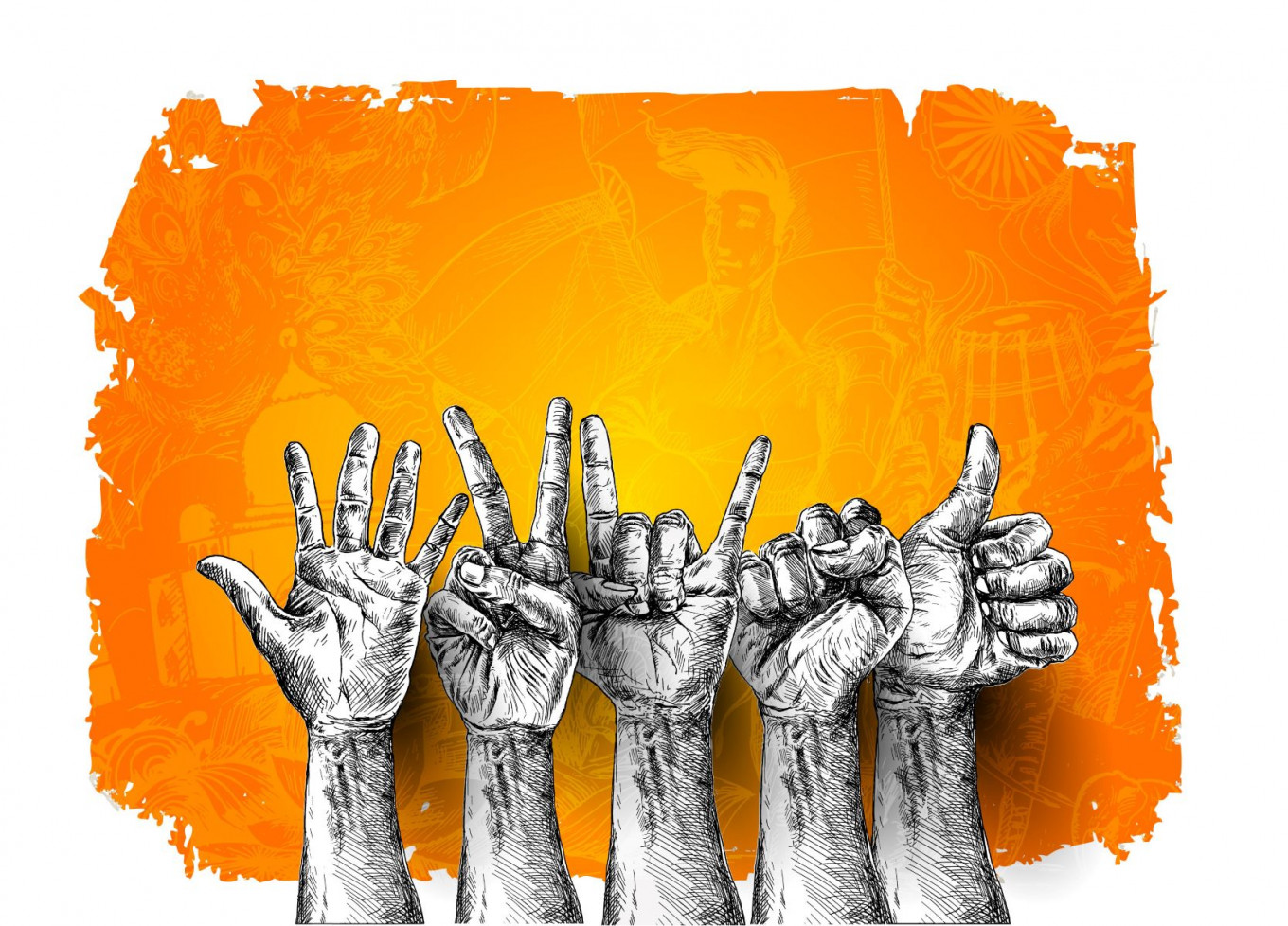
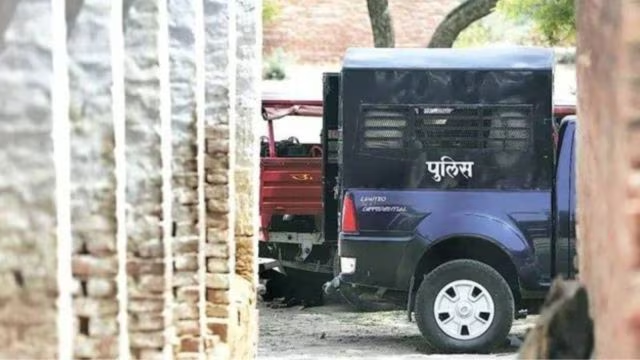
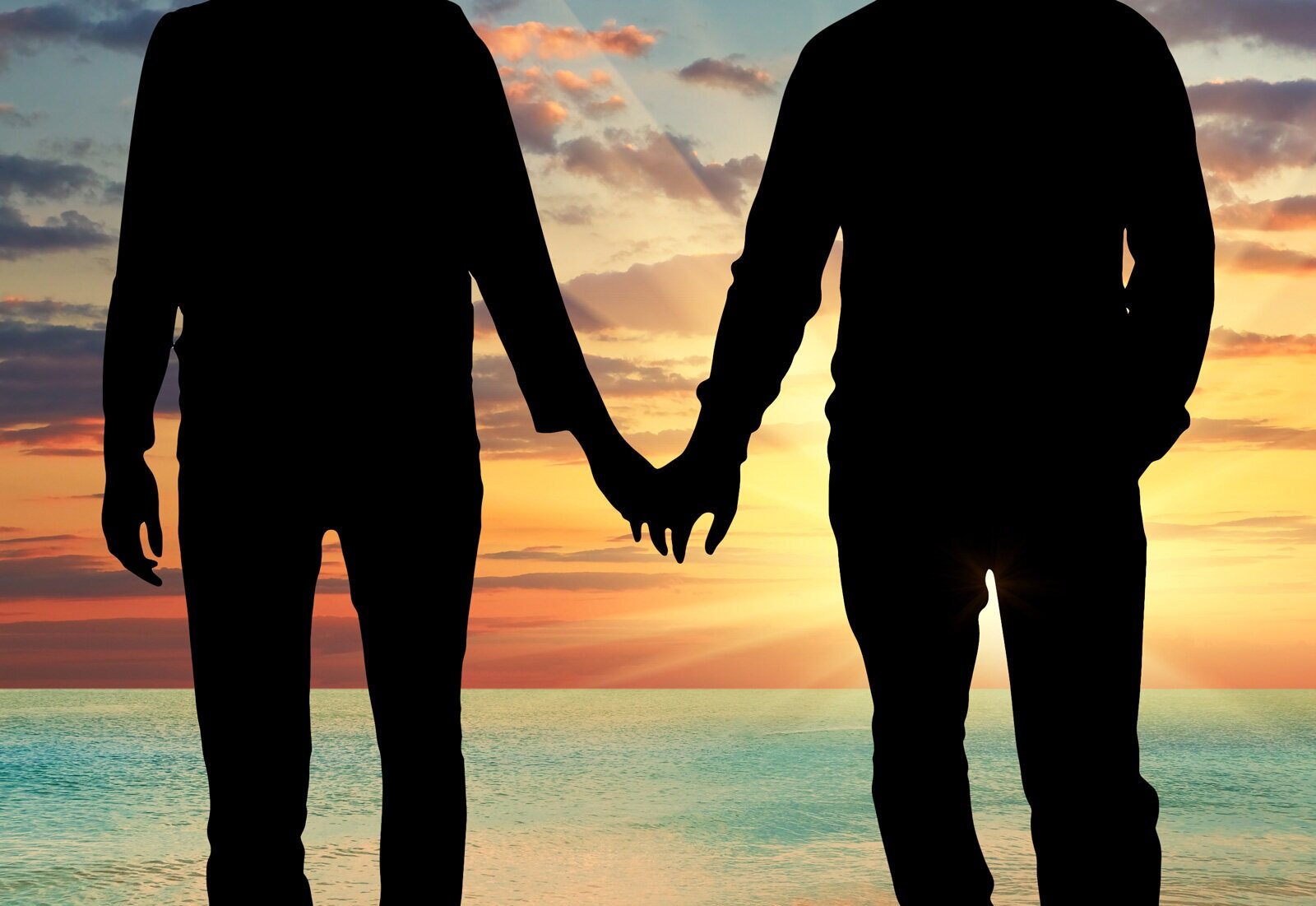
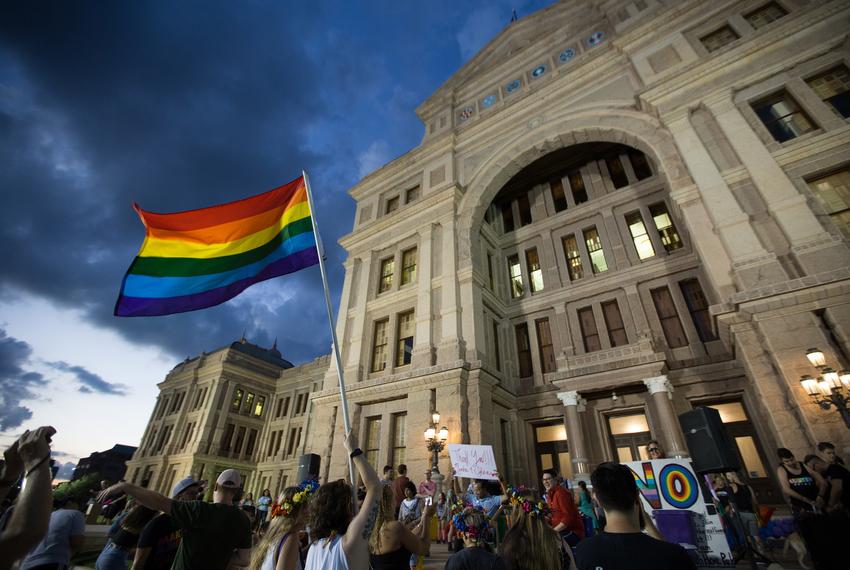
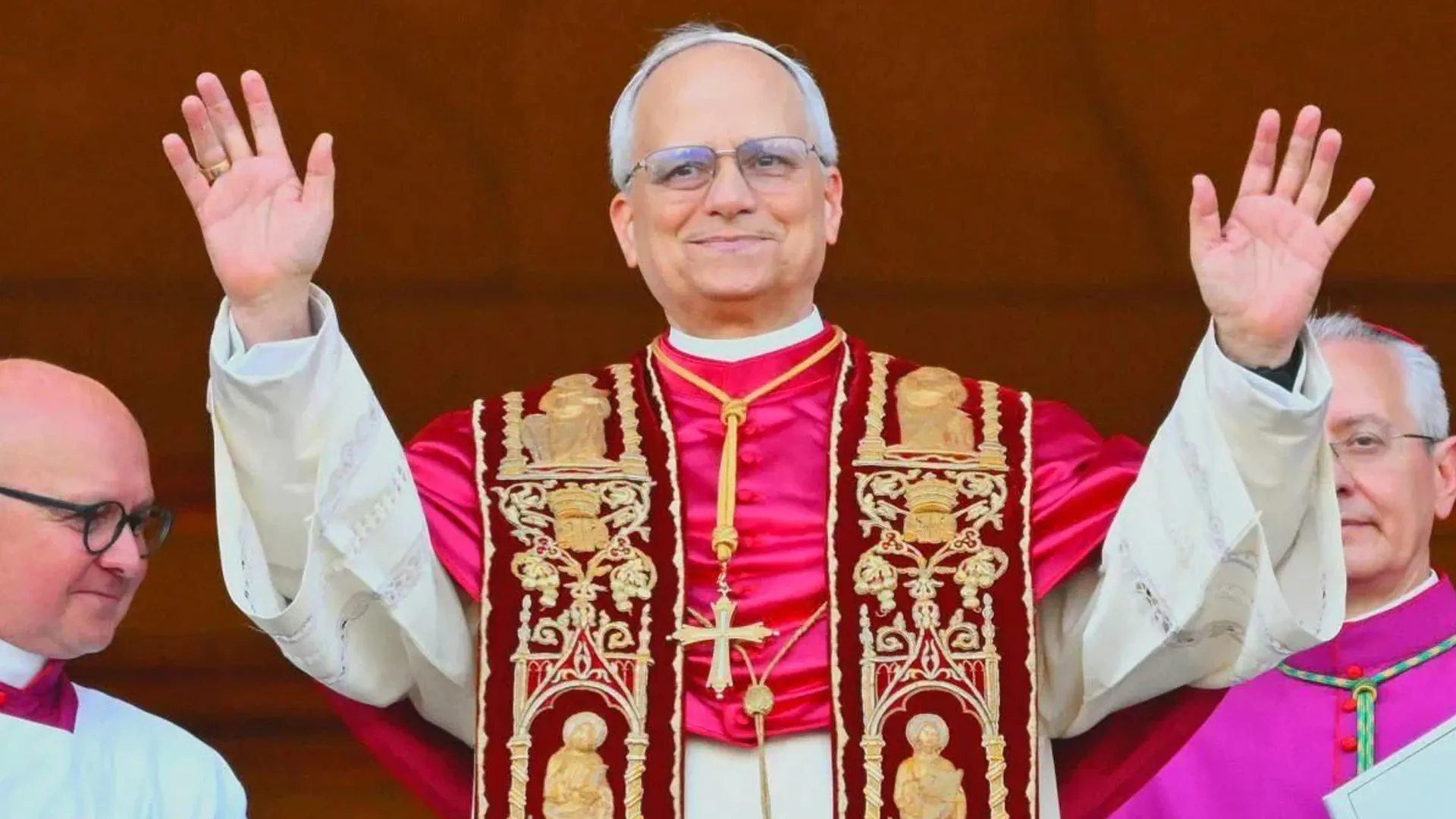
0 Comments